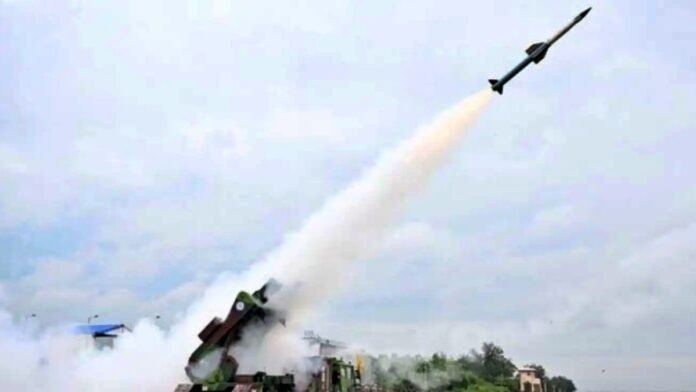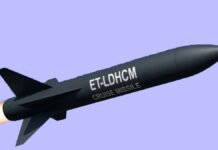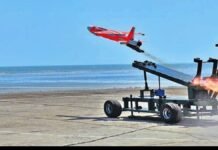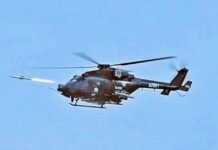
Key Points
- Maiden test of IADWS successful: Conducted on August 23 at Chandipur, Odisha.
- Three aerial targets destroyed: Including UAVs and a multi-copter drone.
- Powered by indigenous tech: QRSAM, VSHORADS & Directed Energy Weapons integrated.
- Centralised command system controlled the operation seamlessly.
- Big boost to India’s air defence: Strengthens protection against modern aerial threats.
New Delhi: In a major milestone for India’s defence capabilities, the Defence Research and Development Organisation (DRDO) successfully conducted the first flight test of the Integrated Air Defence Weapon System (IADWS) on August 23 at 12:30 pm. The trial was held at the Integrated Test Range (ITR) in Chandipur, Odisha, in the presence of senior DRDO scientists and representatives of the Indian Armed Forces.
This cutting-edge system aims to provide India with a layered shield against aerial attacks, including drones, UAVs, helicopters, and hostile aircraft.
What Makes IADWS Special?
The Integrated Air Defence Weapon System (IADWS) brings together multiple weapon technologies into one unified command structure:
- QRSAM (Quick Reaction Surface-to-Air Missile) : Designed to intercept high-speed aerial threats.
- VSHORADS (Very Short-Range Air Defence System) : Portable air defence for engaging low-altitude targets.
- DEW (Directed Energy Weapon / High Energy Laser System) : A new generation system that uses laser-based precision attacks to destroy drones and aerial threats.
- Centralised Command & Control Centre : Developed by the Defence Research & Development Laboratory (DRDL) to manage all components in real time.
- Detection, tracking, communication, and radar systems were also tested, all performing flawlessly during the mission.
Details of the Test: Three Targets, Three Kills
During the live demonstration at Chandipur:
- Two high-speed fixed-wing UAVs were successfully neutralised.
- One multi-copter drone was destroyed mid-air.
- The operation integrated QRSAM, VSHORADS, and DEW simultaneously, showcasing India’s capability to tackle multiple aerial threats at different ranges and altitudes.
The precision of the weapons was validated by advanced range instruments, which captured real-time flight and destruction data.
Leadership and Acknowledgements
Dr Samir V Kamat, Secretary of Defence R&D and DRDO Chairman, congratulated all DRDO teams on the success. Senior scientists from multiple DRDO laboratories including the Research Centre Imarat (RCI) and the Centre for High Energy Systems and Sciences (CHESS) were involved in the test.
He highlighted that the test marks a giant step in integrating multiple indigenous weapons into a single defence umbrella, a critical need in modern warfare dominated by drones and smart systems.
Boost to India’s Security
With aerial threats evolving faster than ever ranging from commercial drones modified for attacks to stealth aircraft and cruise missiles the IADWS gives India an edge in protecting its skies and strategic assets.
Military observers note that this development comes amid rising regional tensions and will greatly enhance India’s air defence preparedness in border zones and strategic installations.
What’s Next?
- More live tests are expected in the coming months, with an increased number of simultaneous targets to validate IADWS’s “multi-layer interception” capabilities.
- After multiple trial phases, the system is expected to be integrated with the Indian Air Force and Indian Army’s air defence networks.
- The success also highlights India’s growing ability to develop indigenous high-tech defence systems, reducing dependency on imports.




















































